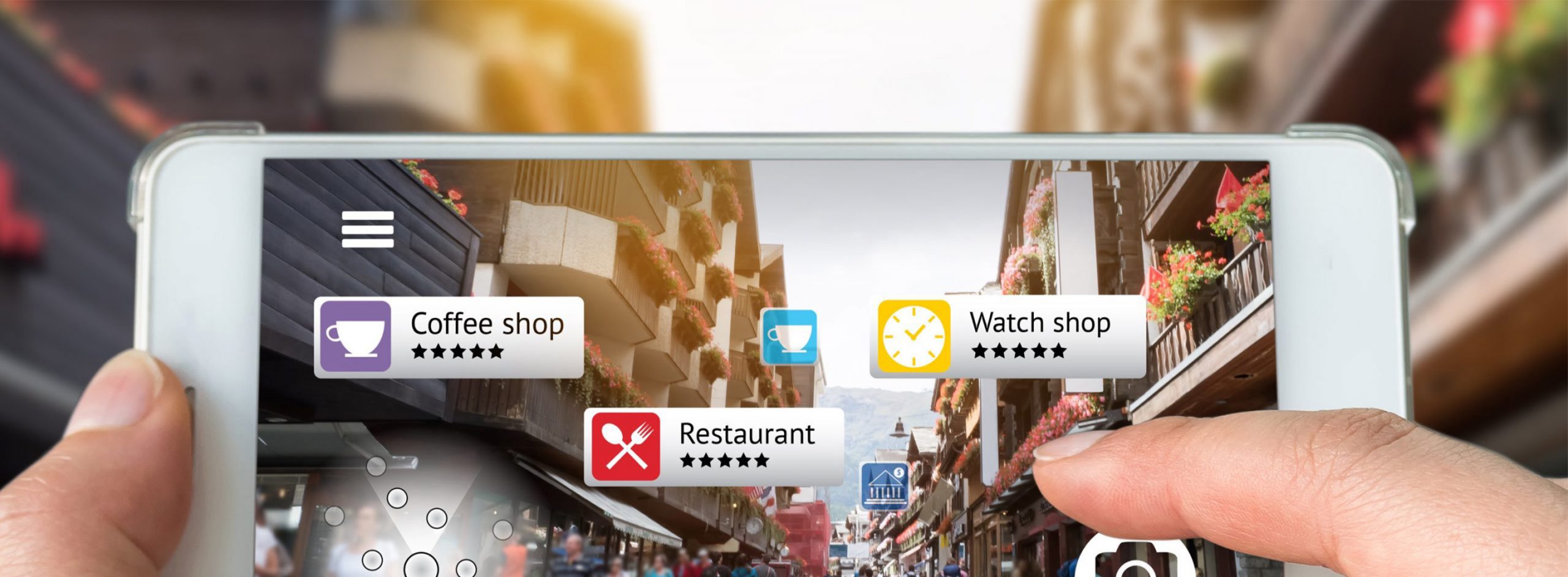Is this the real life? Is this just fantasy? Caught in a landslide, no escape from reality.
– Queen, Bohemian Rhapsody
Let’s talk about augmented and virtual reality for a moment. We think these are about to go mainstream and revolutionize the customer experience across many, many applications.
While some look at augmented and virtual reality as fun experiences for the future, usually associated with enhancing games and entertainment, here at Persistent we’re looking at how they will become a standard part of the digital transformation toolkit for a wide range of enterprise customers. We think marketing, citizen engagement, employee onboarding, healthcare, training and e-commerce all lend themselves to being transformed by AR and VR.
It’s just another example of the entertainment and gaming world moving into the mainstream as a way to make apps more compelling and consumer-friendly.
But first, some definitions. Virtual Reality (VR) is the depiction of actual or fictional places. This could be an actual city’s streets and neighborhoods, or an imagined city center. Or it might be a human body, awaiting diagnosis.
Augmented Reality (AR) is the overlay of additional contextual information on top of the actual. One example might be the elements such as snow, drought, floods, fire or earthquake affecting the city. Or it might be your past tickets showing up in the cop’s helmet visor when he looks at your license plate!
Recently, BMW and Accenture tied up to develop an interesting app that uses Google’s Project Tango AR technology to allow you to visualize your BMW i8 or BMW i3 sitting in any space, like your own garage or driveway. Once you have “parked your car” there, you can look around it, open doors, and essentially make sure you won’t need to break down the walls to fit it in!
For citizen engagement, imagine the possibilities. Citizens can get up close simulations of neighborhoods, then have additional information – say park open hours or road closures – with a blink or a swipe on their smartphones. Imagine training for first responders – simulating a fire or earthquake in a given area or city – and the training material which can be displayed to help guide and prepare them for such situations.
Given our work with leaders in smart cities and healthcare providers, we see the potential for VR and AR to actually introduce a whole new level of sophistication in simulating real world and not so real world situations. Just as the graphical user interface revolutionized the way computers displayed data, so augmented and virtual reality will be another revolution in how we visualize, search and interact with data.
How should enterprise customers approach AR and VR?
My suggestion is that you start with a very simple, basic AR/VR module that shows off your office spaces to new recruits and visitors! If you are a manufacturing company, you can start with training on your assembly lines or that expensive million dollar beast you just acquired! If you are a hospital, give relatives of patients a tour of your operation theaters.
Once you have seen that the possibilities with virtual are very real, the sky is the limit!



